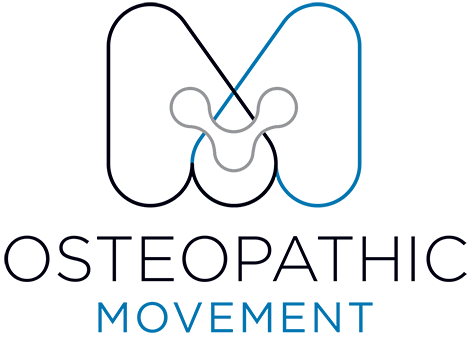Sciatica Treatment in South Yarra
Sciatica is a common source of lower back and leg pain that occurs when the sciatic nerve becomes irritated or compressed. The discomfort can range from a dull ache to sharp, shooting pain that travels from the lower back or buttock down the back of the leg. Some people also experience tingling, numbness, or weakness.
Our South Yarra osteopaths are experienced in assessing and treating the many causes of sciatic nerve irritation. We identify whether your symptoms stem from a disc bulge, joint restriction, muscle tension, or postural imbalance, then tailor treatment to relieve pressure on the nerve and restore healthy movement.
Common Causes of Sciatica
Sciatica can be caused by a variety of underlying issues, including both spinal and soft-tissue factors. Common causes include:
Spinal and nerve-related causes
Lumbar disc bulge or herniation pressing on a nerve root
Spinal joint inflammation or degeneration narrowing the nerve space
Nerve root irritation from swelling or inflammation
Muscular and postural causes
Piriformis syndrome (tight buttock muscle compressing the sciatic nerve)
Postural strain or muscle imbalance in the hips and pelvis
Repetitive bending, lifting, or sitting for long periods
If your leg pain, tingling, or weakness is persisting, it’s important to have it assessed promptly. Early intervention helps prevent chronic irritation and promotes faster recovery, so book an appointment online today to get started.
How Osteopathy Can Help
Osteopathic treatment for sciatica focuses on improving joint mobility, reducing muscular tension, and easing pressure on the affected nerve. After a thorough assessment, your osteopath will create a treatment plan specific to your presentation.
Treatment may include:
Soft tissue massage – to release tight muscles in the lower back and glutes
Joint mobilisation and articulation – to improve spinal and pelvic mechanics
Muscle Energy Techniques (MET) – to restore flexibility and balance
Myofascial release – to ease tension and reduce referred pain
Rehabilitation exercises – to strengthen core and pelvic stability
We’ll also provide advice on posture, ergonomics, and movement habits to help prevent future episodes of nerve irritation.
Begin Your Recovery Today
Our aim is to relieve your pain, restore normal nerve function, and help you return to pain-free activity as soon as possible.
Meet our South Yarra osteopaths
Explore our Osteopathic Movement wellness centre
